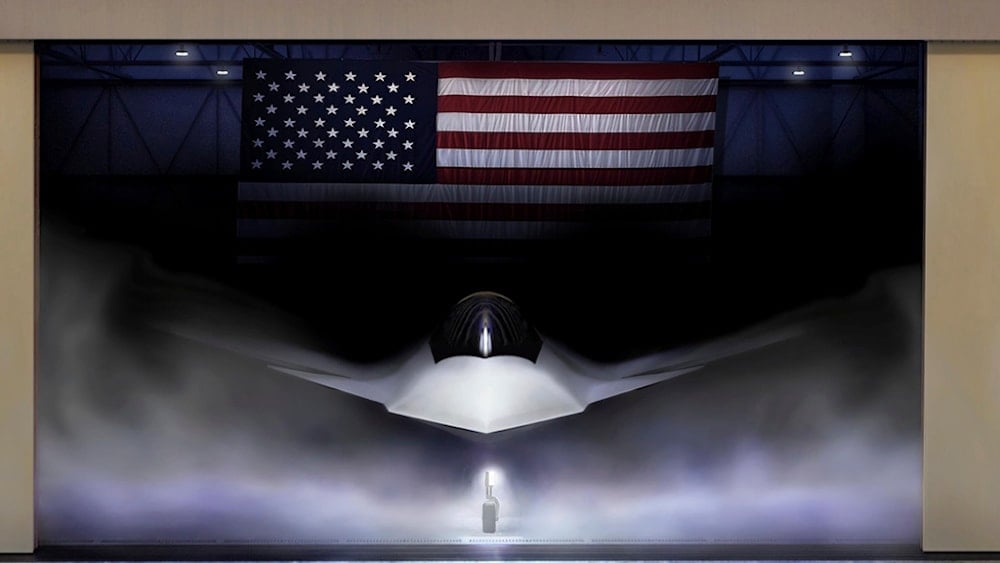US fighter jet development now takes over 20 years, DoD says
The Pentagon warns that US military tech now takes decades to develop as Trump reveals the F-47 stealth jet flew secretly for 5 years amid growing procurement delays.
-

This graphical rendering provided by the US Air Force shows the Next Generation Air Dominance (NGAD) Platform, the F-47 (US Air Force via AP)
The United States military's ability to rapidly develop new weapons systems has drastically slowed, with modern fighter jets now requiring over two decades to reach combat readiness, according to a senior Pentagon official.
General John Caine, Chairman of the Joint Chiefs of Staff, raised alarm Tuesday in written testimony submitted to the House Appropriations Committee. He contrasted today’s development pace with historical benchmarks, including the B-29 Superfortress, a World War II-era bomber that moved from design to deployment in under five years.
“Technology like the B-29 Superfortress and the nuclear submarine went from concept to combat in under 5 years. Today, it takes 16 years to develop a basic ground vehicle and more than 20 years for a fighter jet,” Caine wrote.
Trump touts new stealth fighter
The testimony follows recent comments by US President Donald Trump, who in March unveiled the Next Generation Air Dominance (NGAD) program. Trump announced that the program's centerpiece, the F-47, a sixth-generation fighter jet, has already been secretly operational for five years.
Describing the F-47 as unmatched globally, Trump emphasized that the NGAD platform would maintain US air superiority for decades.
Similarly, in the maritime arena, in May, US Navy Secretary John Phelan acknowledged that the Navy is also facing extensive delays and financial inefficiencies in its shipbuilding efforts. Despite billions of dollars in investment, critical projects remain behind schedule and over budget, he admitted.
Military supremacy in deep water
The Economist reported in February that the US military must adjust several issues in order to maintain its status as a world-class military force capable of conducting and winning a war against China, including its armed forces themselves.
The second is the defense industry, which has to shift its focus to newer, more creative enterprises. The third is the least understood and least likely to change, but it is critical to resolving everything else: the "pork-barrel politics" of defense expenditure.
The report notes that on the front lines in Ukraine, satellites and drones equipped with various sensors are constantly monitoring every inch of the battlefield, while artificial intelligence (AI) instantaneously analyzes the information they collect.

 3 Min Read
3 Min Read










